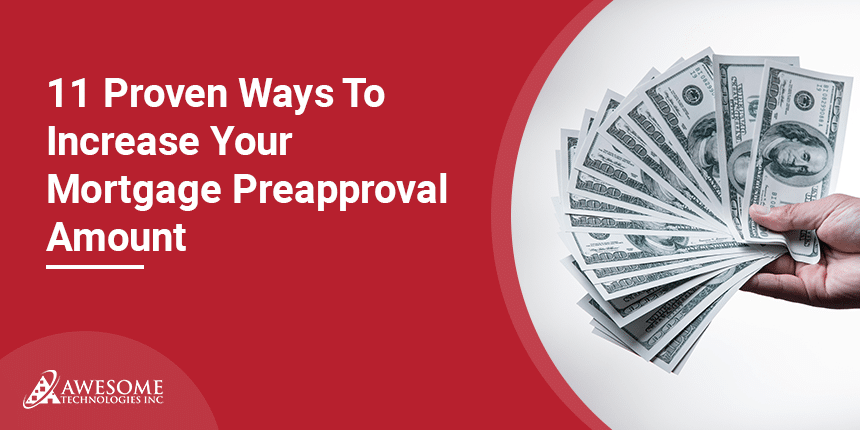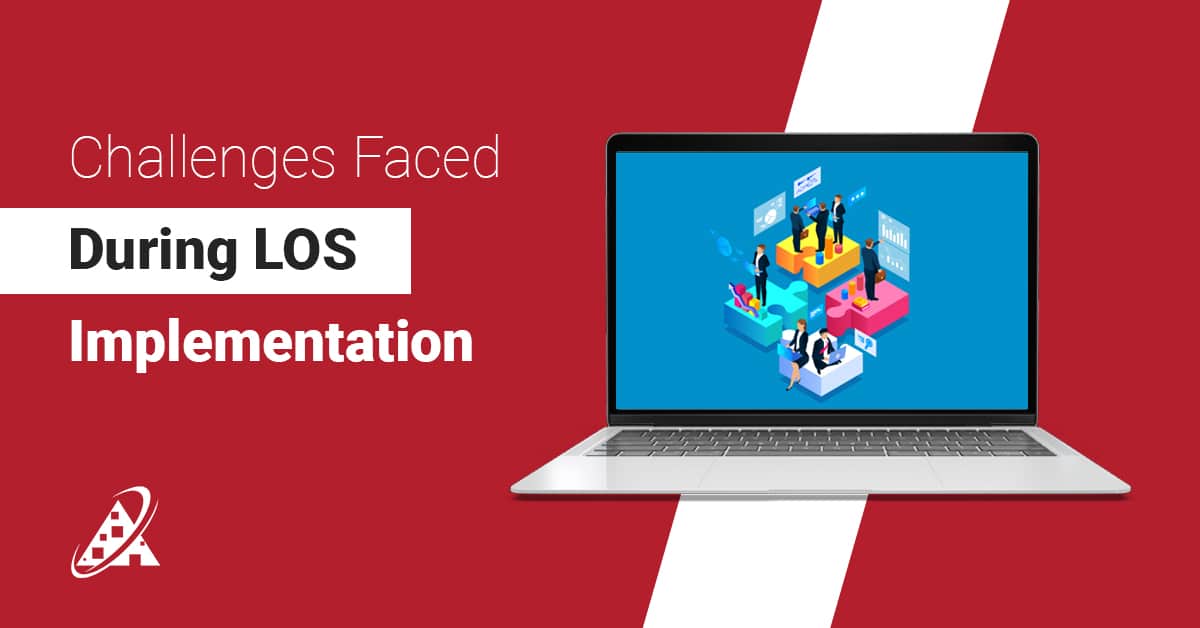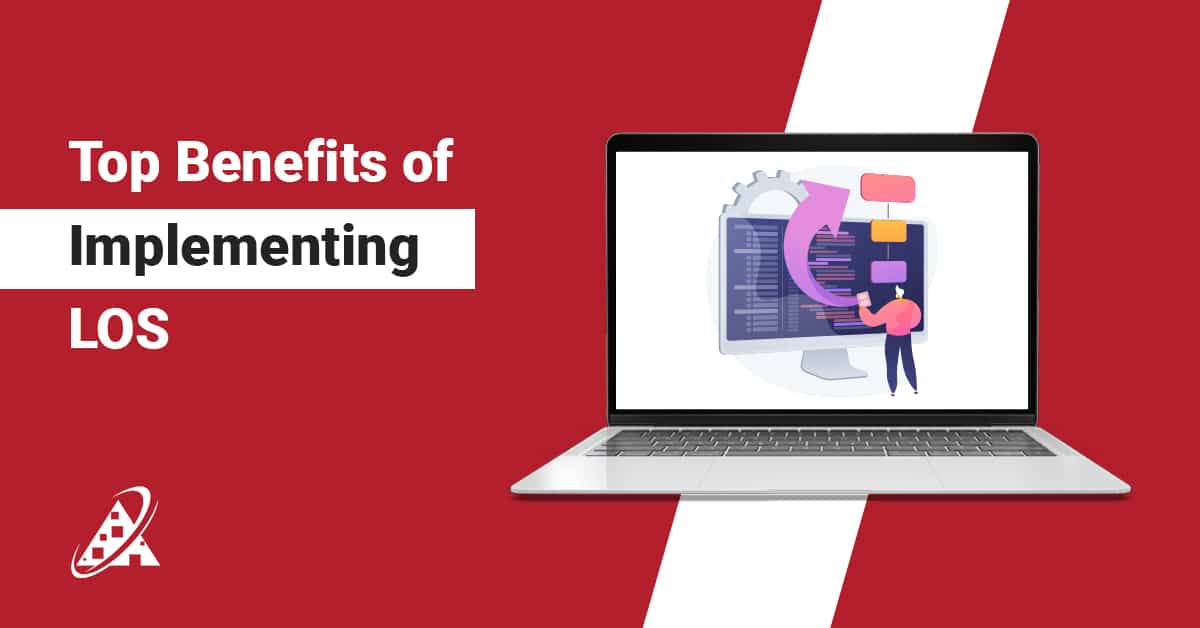The article provides information on how to increase your mortgage preapproval amount, which is the amount of money a lender is willing to lend you for purchasing a home. A mortgage preapproval is an essential step in the home-buying process, as it helps you determine your budget and demonstrates to sellers that you’re a serious buyer.
What is Mortgage Preapproval?
It’s a confirmation from a lender that you are likely to qualify for a mortgage. It involves submitting basic financial information, including your assets, income, and debts. Preapproval isn’t a loan guarantee, but it shows your creditworthiness and ability to buy a home.
Determining Preapproval Amount
The lender determines the preapproval amount and depends on your financial profile, credit score, income, assets, and the type of mortgage you’re seeking. It’s an estimate of how much house you can afford based on projected monthly payments. Here are the key points for determining your mortgage preapproval amount:
- Lender’s Evaluation: The lender assesses your financial profile, including your credit score, income, assets, and existing debts.
- Credit Score: A higher credit score can result in a larger preapproval amount, indicating lower risk for the lender.
- Income: Your income plays a crucial role. Higher-income levels can support a larger mortgage.
- Assets: Having substantial savings and assets can make you appear financially stable to the lender.
- Type of Mortgage: Your specific mortgage product can impact the preapproval amount.
- Projected Monthly Payments: The lender estimates how much you can afford based on your projected monthly mortgage payments.
How To Qualify For A Better Mortgage Pre-Approval Amount?
If you find that your preapproval amount is too low and doesn’t meet your needs, you can follow these 11 tips from experts to make it better.
- Work on improving your credit score
- Seek ways to increase your income
- Focus on paying off your debt
- Make a larger down payment
- Explore different loan types
- Add a co-signer
- Start building cash reserves
- Get multiple quotes to compare
- Consider extending the loan term
- reduce your housing expenses
- Research homebuyer assistance programs
1. Improve Your Credit Score: Your credit score directly affects the interest rate you’ll get on your mortgage. A higher credit score usually results in a lower interest rate, which can lead to a larger preapproval amount. To improve your credit score, make timely payments, reduce credit card balances, and avoid new credit applications.
2. Show More Income: Increasing or utilizing additional income sources can boost your preapproval amount. You can achieve it by negotiating a salary increase, taking on a part-time job, generating rental income, or earning income from investments, alimony, child support, or other sources. Demonstrating stable and reliable income is essential.
3. Pay Off Debt: Lenders assess your debt-to-income ratio (DTI) when determining your preapproval amount. A lower DTI, achieved by paying off or reducing debt, can improve your eligibility for a larger loan. Paying off high-interest debt or consolidating it into lower-interest loans can be effective.
4. Save for a Larger Higher Payment: A substantial down payment can significantly impact your preapproval amount. Lenders often require a down payment of at least 3% to 20% of the home’s purchase price. To increase your preapproval amount, save more for a down payment. It can also help you avoid private mortgage insurance (PMI), which is an additional cost. A 20% down payment is typically recommended to avoid PMI and qualify for a larger loan.
5. Explore Different Loan Types: Adjustable-rate mortgages (ARMs) often have lower initial interest rates than fixed-rate mortgages. While the rate may adjust in the future, this lower initial rate can help you qualify for a larger mortgage amount. Consider the specific terms of the ARM and your long-term financial plans before choosing this option.
6. Add a Co-Borrower: Including a co-borrower on your mortgage application, especially one with strong credit and a steady income, can increase the total income the lender considers. This may lead to a higher preapproval amount. However, the co-borrowers liabilities are also considered, so their credit and debt levels matter.
7. Build Cash Reserves: Extra savings and assets can make lenders more comfortable approving a larger loan. It demonstrates financial responsibility and your ability to handle unexpected expenses. Having cash reserves can be especially valuable in reassuring lenders of your financial stability.
8. Get Multiple Quotes: Obtaining preapproval from different lenders allows you to compare offers. Each lender may provide different preapproval amounts, terms, and rates. By obtaining multiple quotes, you can choose the lender with the highest preapproval amount and the most favorable terms for your situation.
9. Extend the Loan Term: Opting for a longer loan term, such as a 30-year mortgage instead of a 15-year mortgage, can lower your monthly payments, potentially allowing you to qualify for a larger loan. However, a longer loan term may result in higher overall interest costs.
10. Reduce Your Housing Expenses: Lenders consider your ability to cover housing-related expenses, not just the mortgage. Cutting costs in other housing-related areas, such as finding a property with lower property taxes, homeowners insurance, or utility bills, can free up more income for your mortgage payment and potentially increase your preapproval amount.
11. Homebuyer Assistance Programs: Investigate if there are any homebuyer assistance programs, grants, or down payment assistance programs available in your area. These programs can provide additional funds or reduce down payment requirements, enabling you to afford a larger home.
Remember that while these strategies can potentially increase your preapproval amount, it’s important to carefully consider your financial situation, long-term goals, and ability to manage the mortgage payments comfortably. Always consult a mortgage professional to determine the best approach for your circumstances.
Conclusion
Increasing your mortgage preapproval amount is achievable with careful financial planning and responsible financial management. You can make your dream home more affordable by improving your credit score, increasing your income, reducing debt, saving for a larger down payment, shopping for lenders, and considering a co-signer if necessary. Remember that a mortgage preapproval is the first step in the home-buying process. Once you secure it, you’ll be better prepared to make informed decisions about your future home and ultimately achieve your homeownership goals.












